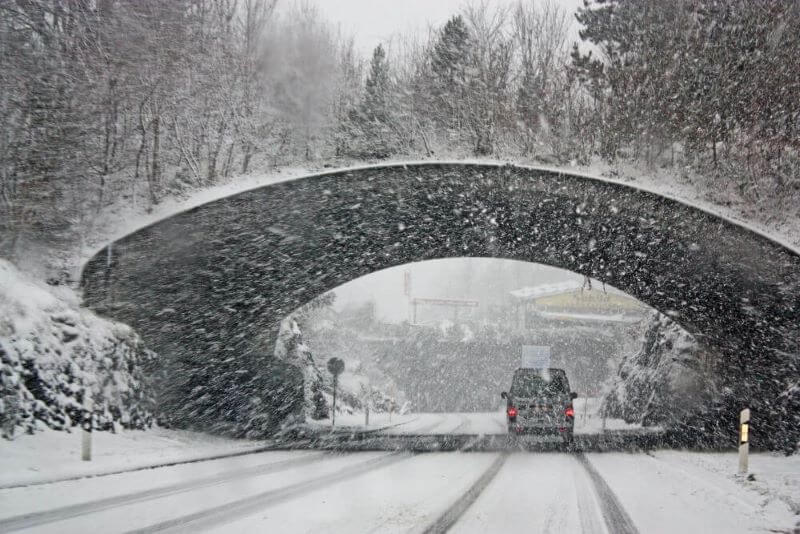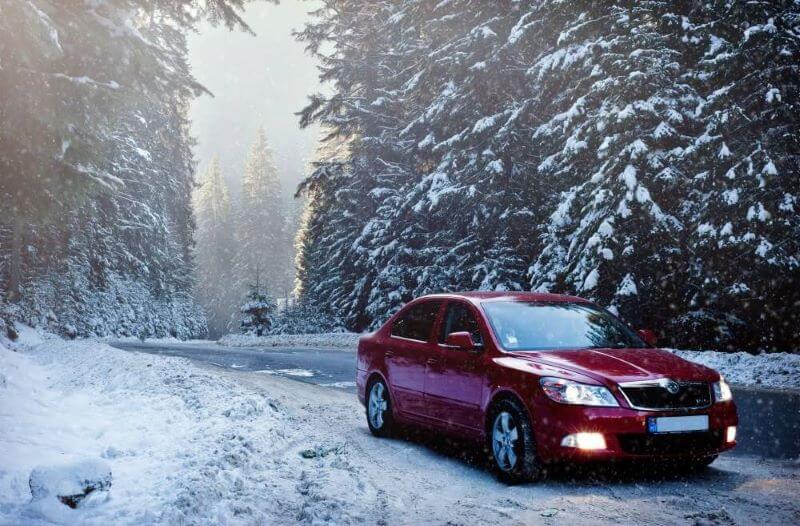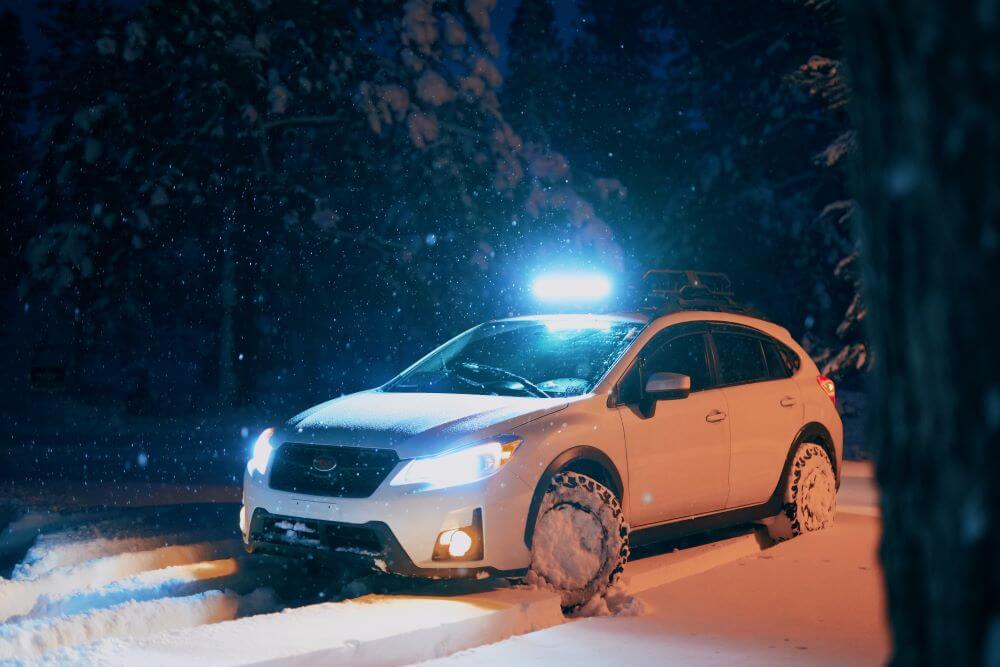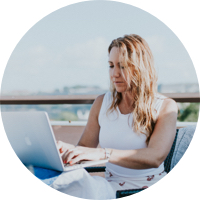Tips for Driving in the Snow – All Drivers Should Know
Driving in the Snow Tips for All Drivers
ALL TOPICS
- YouTube Parental Control
-
- How to see your YouTube history?
- What is Metaverse? Parent Guide
- Put parental controls on YouTube
- Delete TikTok Account without Phone Number
- Ways to block YouTube channels
- Ways to Get Somone's IP Address and Hide IP Address
- A complete guide on YouTube parental control
- What is Fanfiction? Parents Guide
- Kids safe YouTube alternative
- Top 5 TikTok Alternatives
- Methods to restrict YouTube adult content
- Social Media App Parental Controls
- Parental Control Tips
Sep 11, 2024 Filed to: Teen Driving Tips Proven solutions
Winter brings many challenging conditions, as snow can make driving a treacherous experience. Every year, 24% of weather-related car crashes occur due to snow. More than 900 people die in crashes during snowfall. In this article, we have provided some tips for driving in the snow to equip you with helpful information that will help you drive safely throughout this snow season.
What Are the Dangers That Lay Behind Driving in the Snow?
Driving is a great way to get around; however, it can also be a dangerous thing. This is especially true when winter arrives, and it begins to snow. Driving in the snow is incredibly dangerous, as it's among the leading causes of car accidents. Keeping this in mind, here are some dangers that lay behind driving in snowy weather.
Impaired Visibility: Everyone knows how quickly snow can accumulate onto a surface. When it comes to driving, however, this is dangerous. You may think that you only need to scrape snow off of your windshield. While cleaning the windshield is a given, it's not the only thing that will clear of snow. Your car's side mirrors, as well as the back of the car, need to be cleaned as well. You need to have a clear view of all sides when you're on the road to prevent a collision.
- Black Ice: Snow isn’t the only thing that comes with winter: it also brings black ice. Also known as clear ice, black ice is a thin and transparent coating of glaze that forms on roads during winter. Because it is transparent, it can easily blend with whatever it’s covering. It’s mainly prevalent on roads, which is why it is commonly referred to as “black ice." Regardless, this type of ice is incredibly slippery and is the reason why driving during the winter is so dangerous.
- Acceleration and Braking: Even without the threat of black ice, the road can still be slippery. As such, you can never be too careful when accelerating and braking on the road. Do not slam on your breaks or quickly accelerate your vehicle. Doing so increases your chances of getting involved in an accident.
- Overconfidence: You’d be surprised how many people underestimate the road during the winter. Their overconfidence is perhaps the biggest threat when driving in the snow, which is something that can have them labeled as a high-risk driver. If the weather report calls for icy roads, it’s best to stay home and wait.
8 Tips for Driving in the Snow
1. Winterize Your Vehicle and Carry an Emergency Kit
Poor tires don't grip when you are driving on snow. For this reason, you should get winter tires, as they will improve your traction. They use special compounds designed to resist hardening when driving in snow. Use winter anti-freeze and oil. Antifreeze prevents the water inside the radiator from freezing when you are driving in snow.
Make sure that your gas tank is filled at least 50% to prevent the gas line from freezing. Don't forget to top off all fluids and check your brake pads to ensure that they're in good working condition for the best performance. Battery power often reduces when temperatures drop. As a result, your battery will have to work much harder to start the engine. Make sure that your battery doesn't have any problem, as this could lead to a breakdown.
Stash a blanket, heavy gloves, boots, and a flashlight inside the vehicle. Emergency flares, a small shovel, and sand could come in handy if you get stuck. Waiting for help to arrive is safer, with half a tank of gas.

2. Check the Weather Before Heading Out
Before driving in snow, make sure the trip is necessary. You can always delay your trip and wait for conditions to improve. It is recommended that you listen to traffic reports to know what kind of road conditions to expect. Snowfall is fickle, while wind causes drifting. Heavy tree cover, on the other hand, allows deeper piling. Temperatures below 34F signal possible ice. Road salt starts failing at about 0F.

3. Leave Early, Allowing Plenty of Extra Time
You cannot rush on snowy roads; safety demands slower speeds. Chances are you'll encounter tow trucks, emergency vehicles, and accidents along the way. Count on traffic slowdowns and stoppages.

4. Doubles or Triples Safe Following Distance
Ice and snow make fast stops dangerous. You need a distance of at least 6-8 seconds. Make that 8-10 seconds on extra treacherous roads. This will allow you to stop with ease if you need to. Creeping along will beat collision. If you have to face a hazardous situation, brake early and smoothly.

5. All-Wheel and Four-Wheel Drive Don't Give You the Right to Fly
Yes, you have improved traction in snow and can get through deeper snow. However, no vehicle has traction on ice. Ice hides under the snow, and it's often patchy. You can't see black ice. Drive slowly and cautiously, keep on testing for slippery conditions.

6. Focus on Driving Smoothly
Keep your eyes on the road ahead. Accelerate and brake slowly and smoothly. Paying attention to what's going on around you gives you enough time to react to arising situations. Let aggressive drivers pass you, even if you have to pull over. It's a good idea to always turn on your windshield wipers as well as your vehicle headlight beam that have a short-range focus. In turn, this will help your visibility and will make you visible to other motorists when you're driving during the day. Use high beams when driving at night, but make sure it doesn't affect the capability of other drivers seeing the road.

7. Handling Hills and Curves
Slow down before you reach a curve. Decelerate slowly and don't accelerate until the road is straight again. The hills are trickier; you need momentum to climb them, but less speed to go down. Slow braking on the top makes descending safer. If you want to slow down while descending, do it softly. Never use speed control or cruise control as this could swiftly result in an accident.

8. Be Ready To Pull Out of a Skid
Slipping and skidding are very common in snowy weather. If your vehicle's movement feels greasy or the back end feels a bit shifty, the road is slippery. Smoothly let off the gas. Focus your eyes on the center of the road ahead because your car will always follow your eyes. Lightly tapping the brakes often helps if deceleration isn't working.
As a last resort, triggering the ABS braking system could stop the skid. Slowly depress the pedal to the floor and hold it there while steering out of the skid. It automatically brakes in a breaking grab and let go fashion.

How to check if your teens are doing well when driving in the snow?
When your teens are out there and driving in the snow for the first time, you are definitely worried about he/her and would like to know if they are doing well. Luckily, with FamiSafe's Driving Report, you can check your performance when driving in the snow easily. FamiSafe's Driving Report will track their driving trip and provide a detailed report for you. You will be able to check the below information.
- High Speed
- Average Speed
- Total Distance
- Driving Time
- Hard Braking
- Over Speeding

Moreover, regarding location tracking, FamiSafe provides features like Real-time Location to help you locate your teen's if anything happens to them. You can also use Location History to check where they have been.
- Location Tracking & Geo-fencing
- App Blocker
- Web Filtering
- Screen Time Control
- Smart Parental Control Setting
Winter weather makes driving a challenge. Always proceed with caution, even if driving in snow is nothing new. These tips for driving in the snow will help you stay safe during the winter seasons. Winter will be here before you know it, so now's the time to prepare to make sure that you will arrive at your destinations calm and comfortable.

Moly Swift
staff Editor